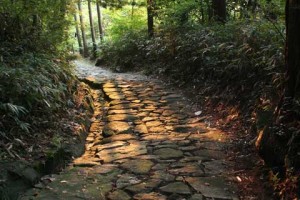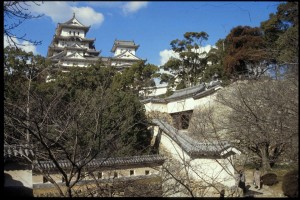
In the 17th century, the Edo shogunate authorities placed strong emphasis on revitalizing the highway system to ensure that orders and messages could be relayed quickly, efficiently, and safely between Edo and the provinces. This was essential for effective government. Among the many different types of travelers regularly seen along the ‘Five Roads’ were runners,… [Read more]



